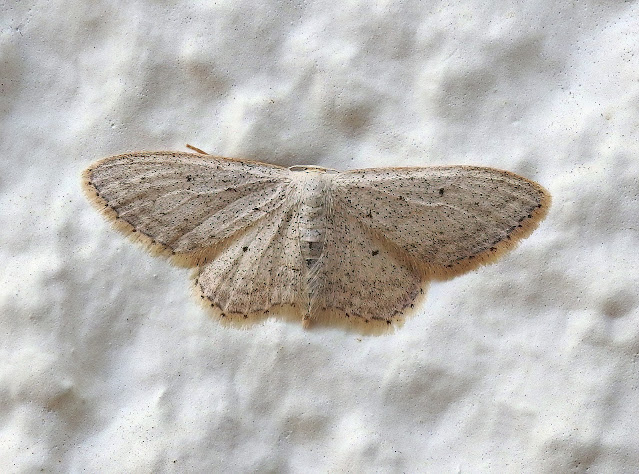This Blog contains Wildlife, Plants and Bird Photos from Walks, Safaris, Birding Trips and Vacations. Most of the pictures have been taken with my Nikon P900 and P950X cameras. Just click on any image for a larger picture. On the right column under the Blog Archive are the entries by date. Below that under Animal categories all the diffent species of Animals, Birds, Insects and Plants contained in the website are listed. Clicking on any entry will show all the entries for that species.
TOTAL PAGEVIEWS
TRANSLATE
Monday, 10 April 2023
Sunday, 9 April 2023
9-4-2023 MONTAVERNER, VALENCIA - SHORT TOED SNAKE EAGLE (Circaetus gallicus)
Its prey is mostly reptiles, mainly snakes, but also some lizards.Sometimes they become entangled with larger snakes and battle on the ground.Occasionally, they prey on small mammals up to the size of a rabbit, and rarely birds and large insects.
This eagle is generally very silent. On occasions, it emits a variety of musical whistling notes. When breeding, it lays only one egg. It can live up to 17 years.
The short-toed snake eagle has suffered a steep decline in numbers and range in Europe and is now rare and still decreasing in several countries due to changes in agriculture and land use. It needs protection.[citation needed] In the middle and far eastern part of its range, this species is not yet threatened.
Saturday, 8 April 2023
Friday, 7 April 2023
Thursday, 6 April 2023
1-4-2023 MONTE CORONA, VALENCIA - ARMOURED GROUND CRICKET (Tribe Ephippigerini)
The Ephippigerini are a tribe of bush crickets in the subfamily Bradyporinae, erected by Brunner von Wattenwyl in 1878. Species have been recorded from mainland Europe (not the British Isles or Scandinavia), North Africa and the Horn of Africa.
Wednesday, 5 April 2023
Tuesday, 4 April 2023
3-4-2023 MONTE CORONA, VALENCIA - STRIKING JUMPING SPIDER (Genus Icius)
Icius is a genus of jumping spiders described by Eugène Simon in 1876, belonging to the Order Araneae, Family Salticidae.
Icius is an almost cosmopolitan genus, widespread in Europe (mainly in Belgium, Croatia, France, Germany, Italy, Greece, Poland, Romania, Portugal, southern Russia, Slovenia, Switzerland, Spain and in The Netherlands), as well in Asia, Africa and in Central and South America (one species, Icius pallidulus is endemic of Micronesia).
Subscribe to:
Comments (Atom)




























%201.jpg)













